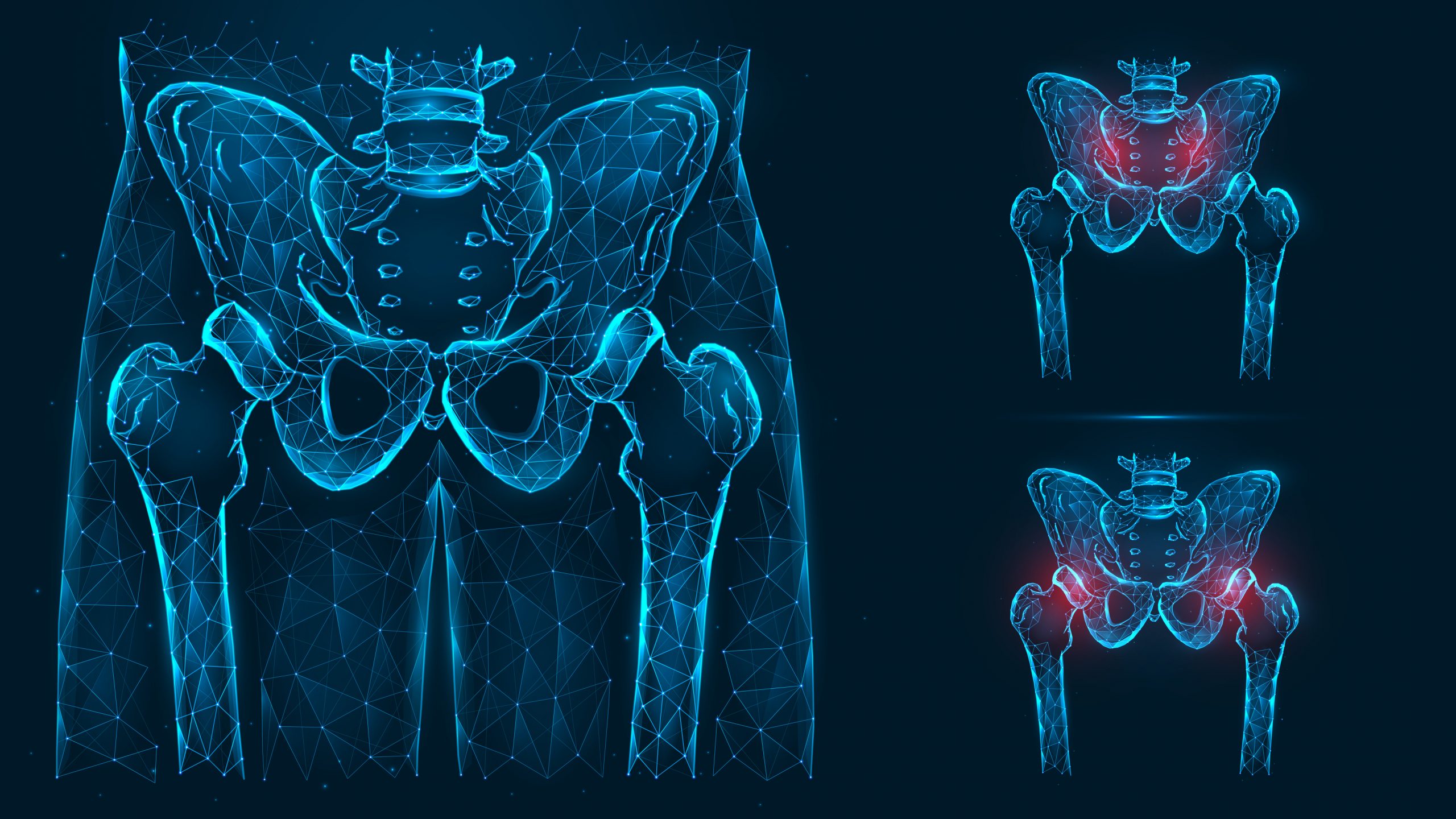- Conditions
- Procedures
- Patient care
- Why choose us
- Our Doctors
- Contact
What is Rheumatoid Arthritis of the Hip and How Do I Know if I Have it?

A guide to rheumatoid arthritis of the hip
Rheumatoid arthritis is a type of autoimmune disease, which is a disorder where a person’s immune system attacks healthy tissue in their own body. In the case of rheumatoid arthritis, joint tissue such as cartilage and other protective soft tissue is the target, resulting in chronic joint inflammation and other symptoms. This condition can develop in any of the joints in the body and can be experienced in multiple areas, which means rheumatoid arthritis in the hips is a common condition.
Although rheumatoid arthritis can be seriously debilitating, there are effective treatments that can meaningfully improve quality of life. By learning about this condition, patients can become more engaged with the therapeutic process and work closely with treatment professionals. To help, USA Spine Care has created the following guide.
What causes rheumatoid arthritis of the hip?
Anyone can potentially develop rheumatoid arthritis, but it is most common among people over the age of 60, particularly women. The specific causes of the disease are still not fully understood, but medical researchers believe there are genetic factors at work as well as environmental and lifestyle components that can elevate risk.
Some of the specific risk factors that associated with the onset of rheumatoid arthritis include:
- Smoking or second-hand exposure to smoke
- Obesity
- Possessing a specific gene, known as the human leukocyte antigen class II genotype
Rheumatoid arthritis hip symptoms
Although the wrists, knees and hands are among the most common locations to experience rheumatoid arthritis symptoms, many people also experience them in the hips. These symptoms can be particularly debilitating, as the hip joints are so critical for nearly any movement. People living with rheumatoid arthritis in the hips regularly experience:
- Aches and pains in the hips
- Stiffness, locking and immobility
- Visible swelling and tenderness
- Muscle weakness
- Chronic fatigue
- Visible deformities
Unlike osteoarthritis, or wear and tear arthritis, which usually develops on one side or the other, rheumatoid arthritis typically develops on both sides.
How is rheumatoid arthritis of the hip diagnosed?
Patients are usually diagnosed with rheumatoid after seeing a doctor regarding any of the above symptoms. To determine the underlying cause, a doctor will ask about pain and symptoms, review medical history, perform a physical evaluation and order various diagnostic tests such as X-rays or bloodwork. In some cases, patients may be referred to a specialist for additional testing to confirm an autoimmune disease such as rheumatoid arthritis.
As a progressive condition, it is important to treat rheumatoid arthritis as early as possible in an attempt to slow progression of the disease and successfully manage inflammation. This can often be accomplished through conservative treatments.
Conservative treatments for rheumatoid arthritis of the hip
The most common medications and nonsurgical treatments for rheumatoid arthritis include:
- Disease-modifying anti-rheumatic drugs, or DMARDs, that can help slow down the disease and prevent joint deformity
- Biological response modifiers
- Nonsteroidal anti-inflammatory drugs, or NSAIDs, to relieve pain and inflammation
- Physical therapy to help strengthen joints and increase function and range of motion
- Corticosteroid injections to help with severe pain and inflammation
By combining these treatments with a healthy lifestyle, including eating a nutritious diet, managing weight and staying active, many patients with rheumatoid arthritis in the hips are able to successfully manage this condition on a long-term basis.
Is surgery an option for rheumatoid arthritis?
While conservative treatments are often effective, many patients with rheumatoid arthritis in the hips can develop severe joint damage. If other therapies have been exhausted, a surgeon may recommend total hip replacement surgery. These procedures can be performed using muscle- and soft tissue-sparing techniques that enable an outpatient procedure.
After undergoing any form of hip surgery, physical therapy and rehabilitation plays a critical role in regaining hip function and maximizing the probability of a positive outcome.
Get in touch with the experts at USA Spine Care
To learn more about the comprehensive array of treatment options at USA Spine Care that can help improve quality of life for patients living with rheumatoid arthritis in the hip, contact us today. Our caring and dedicated team is passionate about helping people get their lives back from debilitating pain.
Call toll free 1-866-249-1627 to speak with a patient care representative.
Rheumatoid Arthritis of the Hip "Quick Answers"
RA in the hip happens when your immune system mistakenly attacks healthy cells in the hip joints. Rheumatoid arthritis in the hip causes severe stiffness and discomfort.
Currently there is no known prevention measures for rheumatoid arthritis in the hips. You may be able to reduce your chances by:
- Quitting smoking and tobacco use
- See your dentist regularly (there is a possible link between RA and gum disease)
- Stay fit and active
Hip RA is often treated using disease-modifying anti-rheumatic drugs (DMARDs), such as Plaquenil. DMARDs may be used with non-steroidal anti-inflammatory drugs (ibuprofen, aspirin, naxopren sodium/Aleve) and/or corticosteroids in low doses.
